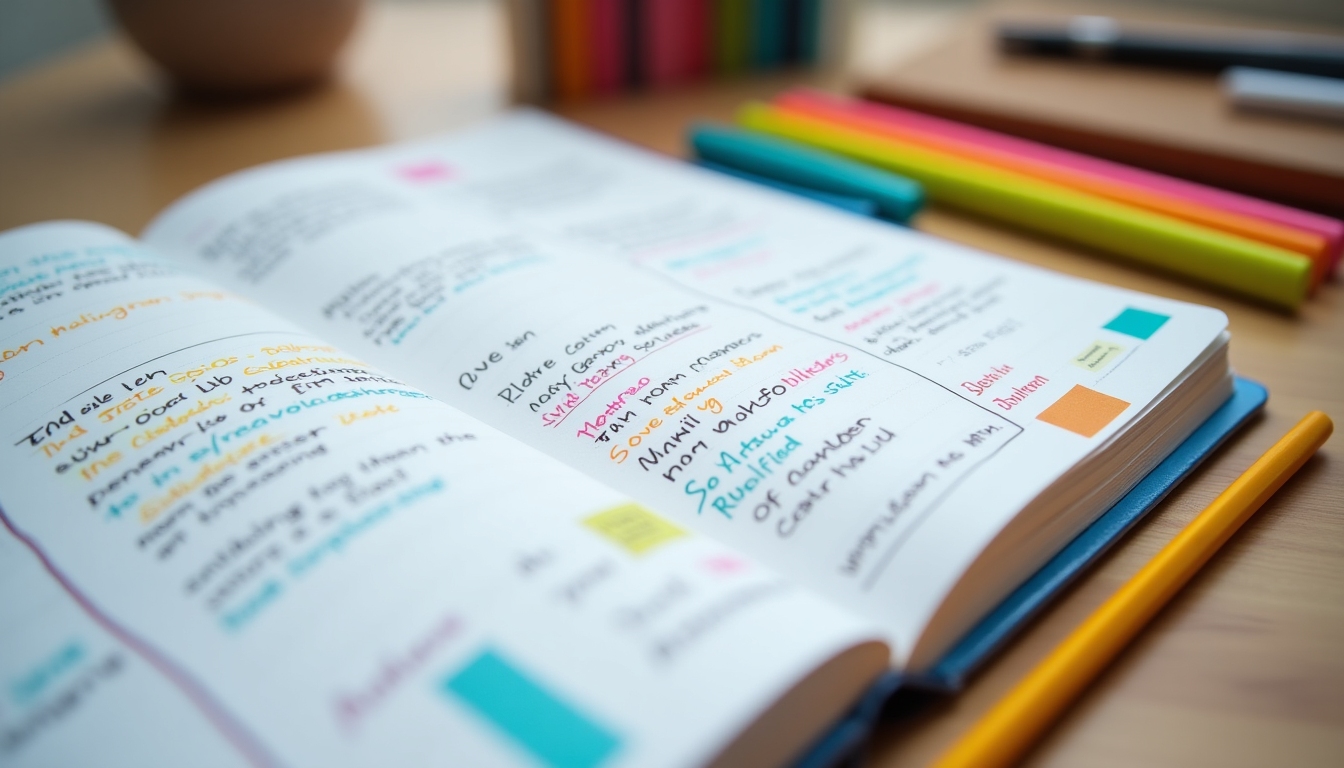Behavioral Activation Strategies for Improving Mood: A Pathway to Wellness
Behavioral Activation is a method rooted in cognitive behavioral therapy and is especially effective for improving mood. It involves activities that align with one’s values, enhancing overall well-being.

What is Behavioral Activation?
Behavioral Activation (BA) is a therapeutic approach focusing on helping individuals re-engage with their lives by identifying and participating in activities that offer a sense of accomplishment and joy. It’s a straightforward, yet powerful approach utilized predominantly in behavioral therapy.
BA stems from the idea that our environment and behaviors directly impact our mood. When people experience depression or low mood, they often withdraw and cease engaging in activities they previously enjoyed, leading to a vicious cycle of inactivity and increased feelings of sadness. By systematically reintroducing positive behaviors, individuals can break this cycle and improve their emotional state.

Key Components of Behavioral Activation
- Activity Scheduling: Regularly planning and engaging in activities that are purposeful and enjoyable can significantly enhance mood.
- Setting Achievable Goals: Start small by setting goals that are realistic and achievable. Gradually increase the complexity and duration of these activities as confidence builds.
- Monitoring Progress: Keeping track of moods and activities in a journal or an app can help identify patterns and provide motivation.
- Rewarding Successes: Rewarding oneself for achieving goals reinforces positive behavior, making it more likely to continue these actions in the future.

Integrating Behavioral Activation with Family Therapy
Family therapy can be an excellent complement to Behavioral Activation. By involving family members in the process, individuals can gain a supportive network that enhances their motivation and helps maintain activity levels. Family therapy sessions can focus on:
- Communication Improvement: Enhancing open dialogue about emotions and mental health
- Family Wellness Activities: Planning activities that families can enjoy together, such as walks, games, or cooking
- Creating a Support System: Ensuring every family member understands and supports the journey toward improved mental health.

Personal Insights
From my personal experience utilizing BA, I learned that breaking down what seems like an overwhelming task into smaller, manageable steps can make a huge difference. For instance, by initially setting a goal to just put on walking shoes, rather than a daunting 30-minute walk, the mood boost that followed each slight progress added up. Sharing these journeys with family made each milestone a triumph celebrated collectively, reinforcing both personal and familial bonds.
Implementing Behavioral Activation Strategies
- List Enjoyable Activities: Create a list of activities that you find interesting or meaningful.
- Create a Routine: Establish a daily or weekly schedule incorporating these activities.
- Seek Accountability: Share your goals with a friend or family member to enhance motivation.
- Reflect on Each Day: At the end of the day, reflect on what activities were completed and how they impacted your mood.
- Adjust Accordingly: Adapt your routine as needed to keep improving mood and engagement levels.

Conclusion
Behavioral Activation offers practical strategies for improving mood by encouraging active participation in life. Whether through structured activities, family involvement, or personal routine adjustments, this approach empowers individuals to harness control over their emotional well-being. By integrating these techniques, you can cultivate a happier, more fulfilling life.
For further exploration on enhancing both individual and familial well-being, delve into the recommended readings below.
Discuss Here